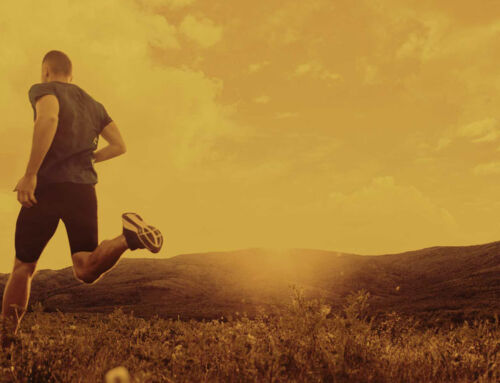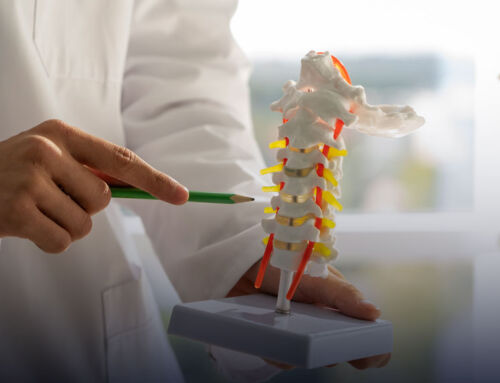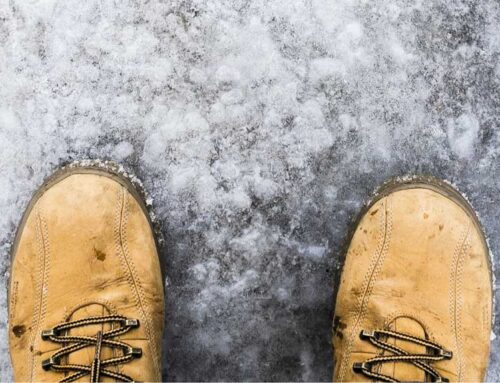Common Winter Sports Injuries & Treatments
Skiing and snowboarding are excellent ways to exercise and enjoy Colorado during the cold winter months. As fun as these can be, the low temperatures, icy surfaces, and speed can often lead to winter sports injuries. While skiing and snowboarding are more often associated with knee, ankle, and upper body injuries, there also is a risk of back injury. Here’s a breakdown of common ski and snowboarding injuries, and how they respond to treatment.
Knee Injuries
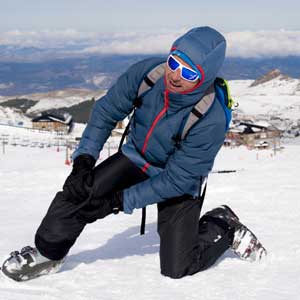
Skiers are more prone to knee injuries as it involves more twisting and turning. A sign of these injuries is a popping sound during the motion.
- Anterior and Posterior Cruciate Ligament (ACL/PCL) Injuries: These are injuries to the ligaments that stabilize the knee, and often happen with sudden twisting while the feet are planted. ACL injuries can often be treated with short-term pain management (until the injury heals naturally).
- Injuries to the Meniscus: The meniscus is the cartilage in your knee that allows smooth motion. A tear can happen with sudden twisting motions. Like with ACL/PCL injuries, treatment is usually conservative (steroids, anti-inflammatories, physical therapy).
Head, Neck, and Back Injuries
These areas are commonly effected during the falls that commonly cause winter sports injuries:
- Whiplash/Neck Strain: Sudden stops can cause this hyperextension injury. The extent of this injury may not be immediately apparent, possibly taking days or weeks to show its full effect. If you’re worried you’ve suffered a whiplash injury, you should consult a physician immediately. Depending on the extent of the injury, either conservative treatments or steroids may help allay the long-term effects.
- Torn Rotator Cuff: This shoulder injury can happen due to repetitive strain or in a fall. Depending on the extent of the tear, it may respond to physical therapy or other conservative treatments. Injections may help relieve pain allowing for physical therapy.
- Lower Back Pain: This back injury can happen due to sudden jarring or twisting during a fall. Depending on the severity of the fall, it can be simple muscle strain, which can respond to rest and conservative treatments. In more severe falls, it is possible to experience a spine or disc injury. In these cases, injections or other minimally-invasive treatments can provide relief enough to undergo physical therapy.
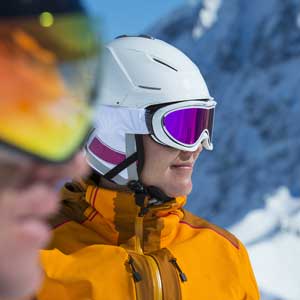
Hand Injuries
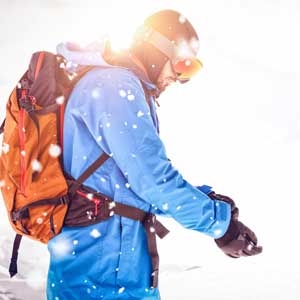
Your hands are at risk when you fall while skiing and snowboarding.
- Skier’s Thumb: This is an acute injury that often happens when falling with your hand in the ski pole strap. Your thumb can get caught and pulled away from the hand, which can cause a ligament tear. This can result in difficulty with grasping. Treatment is often with a cast or splint, but surgery may be required.
- Wrist Sprains: Falls can result in sprains, which are usually treated conservatively. If rest and ice doesn’t relieve the pain, this injury may be a candidate for additional treatment, such as therapy and injections.
- Finger Fractures: These also can happen during a fall. Treatment is usually with splinting, but reduction or surgery may be required.
Preventing and Treating Ski & Winter Sport Injury
Not all winter sport injuries are preventable, but these tips can greatly reduce your chance of leaving the slopes with back pain:
- Exercise regularly. Injury occurs most frequently when you are out of shape or out of practice. Give yourself a few weeks of preparation before jumping into winter sports. Focus on leg and core strength and balance.
- Learn how to fall. Our body’s impulse to self-correct during a fall can lead to muscle strains. When a fall can’t be prevented, attempt to land on your bottom or your side and roll. Do not fight the fall.
- Warm up. Warming up prior to physical activity is very important in cold weather. Take 5-10 minutes for light exercises, followed by gentle stretching.
We hope you stay safe and happy in the mountains this season. But if you do happen to suffer an injury, come see one of our specialist physicians for a same-day appointment. We’ll get you back on the slopes as fast as possible!
